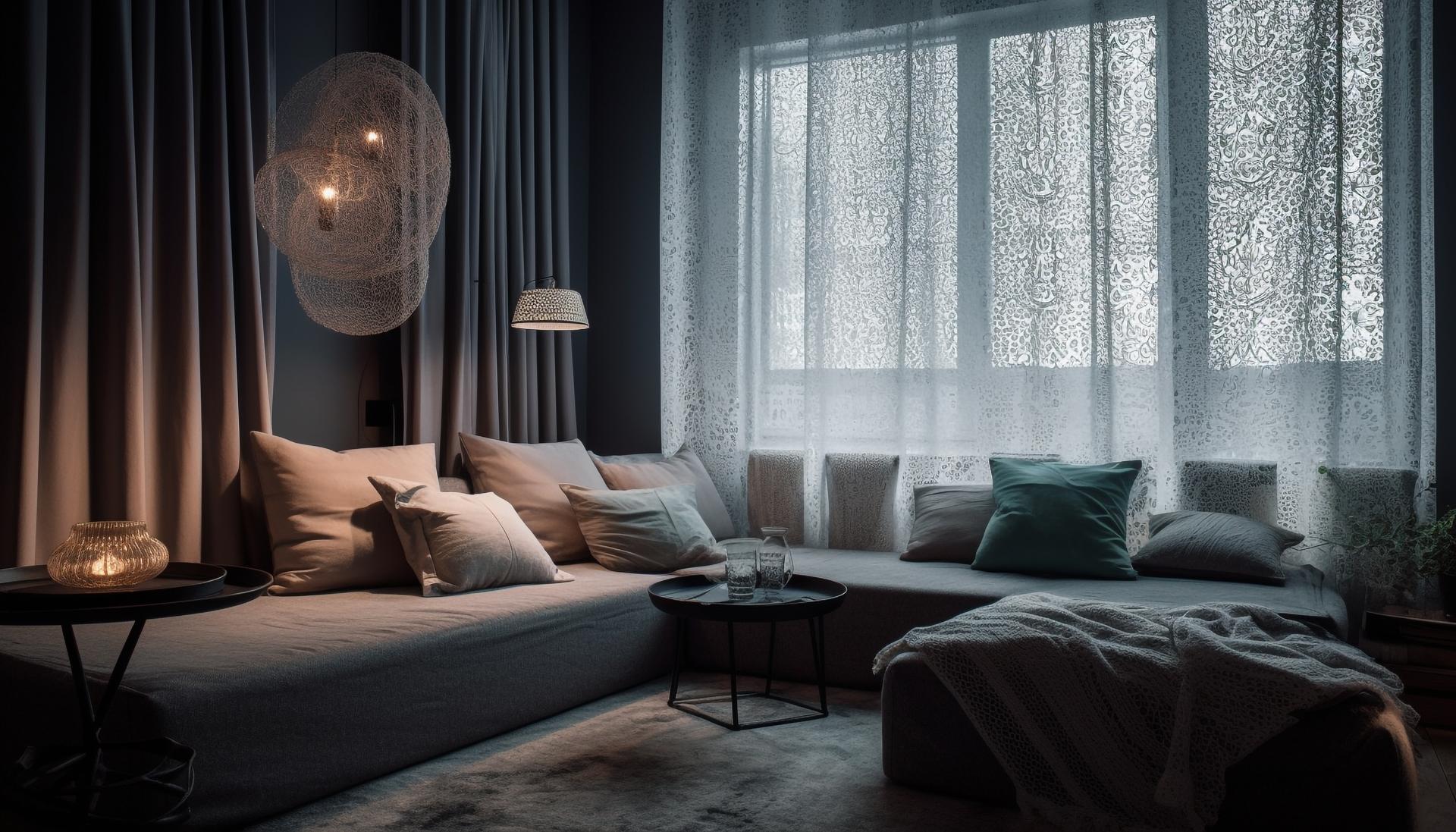Why ₹1 crore+ homes are the new normal in India's housing market?
India’s Luxury Housing Boom: Why Homes Over ₹1 Crore Are Taking Over the Market in 2025
The Indian real estate market is undergoing a major transformation. If you're still thinking that affordable homes are driving the industry, it's time to rethink. In a striking shift, premium housing, homes priced above ₹1 crore has now taken center stage, making up 62% of all residential sales in the first half of 2025. This is up from just 51% a year ago. According to our latest report, this marks a significant pivot in buyer sentiment and developer strategy alike. So, what’s really going on? Let’s dive into the numbers, trends, and insights shaping India’s high-end housing boom.
I. Premium is the new normal: sales over ₹1 crore surpass mass housing
Back in H1 2024, nearly half of all homes sold were priced below ₹1 crore. Fast forward to H1 2025, and that figure has dropped dramatically to just 38%. Meanwhile, homes priced above ₹1 crore are flying off the shelves, accounting for almost two-thirds of all residential sales. What’s even more interesting is the momentum in the ₹3 crore–₹5 crore price range, which saw a 14% increase in demand. Sales of ultra-luxury homes priced above ₹5 crore also rose by 8%.
Figure 1. H1 2025 price range-wise sales & YoY growth
II. Why are high-end homes in demand?
• Rising affluence & lifestyle upgrades: Today’s urban buyers are wealthier and more aspirational than ever before. There is a growing preference for spacious, well-located homes with premium amenities. With remote work still influencing lifestyles, people are willing to invest more in quality living spaces.
• Credible developers, faster deliveries: Another trend helping premium housing is the shift in buyer confidence. Nearly 29% of all homes sold in Q2 2025 were launched in the same quarter, a post-pandemic record. This suggests that buyers trust reputed developers to deliver projects on time, a massive shift from the wait-and-watch approach of earlier years.
• Investment potential: With real estate prices showing consistent growth, especially in premium projects, high-end homes are also being viewed as strong investment assets. Cities like Delhi NCR (+17%), Bengaluru (+14%), and Chennai are recording double-digit year-on-year capital appreciation.
III. Q2 2025: Market rebounds despite yearly dip
Even though overall residential sales dropped 13% in H1 2025 compared to the same period in 2024, Q2 alone saw a 7% quarter-on-quarter growth, reaching 69,530 units sales. This rebound shows that buyers are active but more value-conscious, focusing on selected projects that align with their quality and location preferences.
IV. What’s happening to affordable housing?
It’s clear that mass-market housing is losing momentum. Units priced below ₹1 crore saw a massive 32% drop in sales during H1 2025. Even though these homes are still important for first-time buyers and mid-income families, rising construction costs and inflation have made them less viable for developers.
The challenges:
• Higher input costs make it unprofitable to build budget homes
• Land prices in urban areas are too high to support low-cost living
• Buyers are struggling with affordability and loan eligibility amidst rising property prices.
V. New launch trends: Focus on high-end inventory
Even though new launches in H1 2025 dipped by 3% YoY, there’s a clear rise in luxury segment launches, particularly in Kolkata (+105%), Chennai (+35%), and Bengaluru (+19%).
Developers are now increasingly aligning with premium housing trends, responding to stronger buyer demand in that segment. It is also more profitable for builders given the higher margins and faster inventory turnover
VI. Capital values are climbing: Price hikes across cities
Home prices in India’s top residential markets have increased by 5–17% year-on-year, driven by higher construction costs and strong buyer sentiment.
With developers focusing more on premium launches, price appreciation is expected to continue, although at a more sustainable pace in the coming quarters.
VII. What lies ahead: Can growth be sustained?
Looking ahead, the Indian housing market appears poised for continued strength, albeit with more value-driven purchases.
Here are key reasons why the momentum may continue:
• Repo rates and lower inflation are expected to make home loans more affordable
• Urban infrastructure expansion and metro connectivity are boosting housing demand
• Institutional funding and rising household incomes are supporting high-end property segment growth
• Buyer confidence is stronger than ever in branded, punctual developers
With property prices already high, price moderation may occur soon, especially in cities where affordability is stretched. That said, demand for well-located, premium homes is expected to remain resilient.
India’s housing market in 2025 is no longer just about affordability, it’s about aspiration, lifestyle, and smart investment. With homes priced over ₹1 crore now commanding the lion’s share of sales, this is clearly not a short-term trend. It's a market reorientation.
For homebuyers, investors, and developers alike, understanding this shift is crucial. Whether you're planning to upgrade your home, invest in a luxury apartment, or develop high-end projects, this is the time to act. The premium segment is leading the charge in India’s residential real estate story.
Source: JLL REIS, JLL Research Team
Author: Sumedha Das
Are you a landlord?
Are you looking to lease or sell your properties? Advertising your property online with JLL is completely free. Reach hundred of thousands of potential tenants and buyers online.
